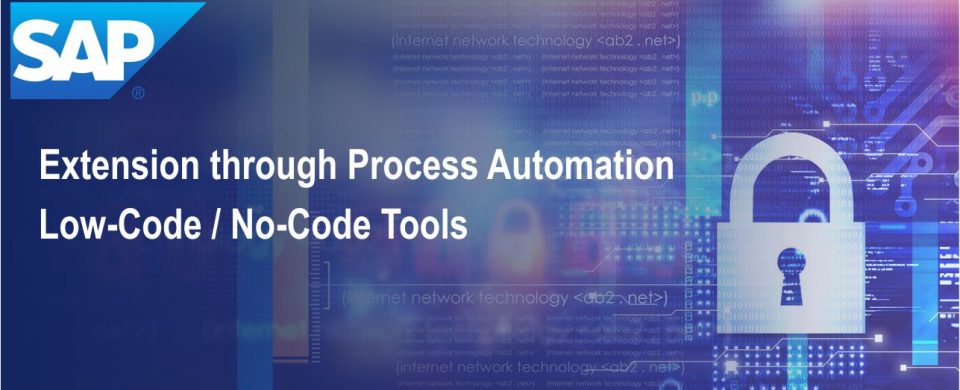Extension through Process Automation, Low-Code / No-Code Tools
SAP Cloud Platform Extension Suite empowers its developers to build, develop and extend business applications, methods, and innovations with clicks or code. With its most developed and latest enhancements, the new suite now offers three interrelated complementary and integrated process automation tools, which address different skill levels and automation scenarios:
SAP Cloud Platform Workflow Management enables developers and industry specialists to attain end-to-end process perceptibility and to configure and automate business workflows in a low-code approach. SAP Cloud Platform Workflow Management incorporates distinct predefined content packages and combination with Experience Management solutions from SAP and Qualtrics, uniting operational and practice data.
The SAP Ruum solution enables business users with no coding skills to design departmental methods in hours instead of days and weeks. About 50 SAP clients and associates, including German chemical company Evonik Industries AG, U.S. company Varian Medical Systems Inc. and Norwegian furniture maker Ekornes Ltd., have now flanked the beta program for SAP Ruum. “With SAP Ruum, Ekornes was capable to model and display the process in less than an hour, without wanting a lengthy project with supplies from their central team which was declared by James Fogarty, an Ekornes business operations analyst.
SAP Intelligent Robotic Process Automation (RPA) 2.0 technology points developers looking to automate monotonous, standard tasks with software bots. SAP Intelligent RPA introduces prebuilt bot templates to encourage proficiency with SAP S/4HANA and 12 principles of business. Commencing January 2021, SAP intends to incorporate a confined edition of SAP Intelligent RPA in every SAP S/4HANA Cloud agreement.
Free Tier Model for SAP Cloud Platform
SAP in 2021 plans to offer developers a free layer model for SAP Cloud Platform, the combination, and expansion solution for SAP Business Technology Platform. The free tier model will present users admittance to determine, develop and execute integrations and augmentations in one account. It eliminates current time limitations and permits users to shift projects to production without the necessity to reconstruct or rebuild the content. As an intermediary action toward the free tier design, SAP recently stretched its current SAP Cloud Platform trial contribution from three to 12 months.
SAP Business Technology Platform is important for our customers to unite and extend their SAP applications and to facilitate future business. As the foundation of SAP’s own transmutation and accelerated turn to the cloud, it helps to contribute value to clients with a seamless technology skill, a robust ecosystem, and more comprehensive growth efficiency. The continuous modification to SAP Business Technology Platform emphasizes our dedication to the developer community and the undivided ecosystem of consumers and partners and proves we are not only listening but also working on what we hear.
Integration Capabilities Updated
SAP Business Technology Platform helps make it more comfortable to bestow data over SAP applications by presenting SAP One Domain Model — a universal data model for business intentions. It now continues its first business objects for the end-to-end recruit-to-retire business method. More enhanced business objects for other end-to-end business methods will arise. Developers can enter these through the SAP Graph software beta offering or SAP API Business Hub.
The redesigned user practice for SAP API Business Hub helps make it more manageable for architects and experts to recognize appropriate integration content, such as APIs and transactions, integration packs, and user documentation. The update will be prepared as a beta purchase by the end of 2020.
Data to Value: Make Trusting, Timely Business Decisions
To judge for the enormous increase in data volume and diversity, on premise installations of SAP HANA can now be spread with SAP HANA Cloud as a hybrid data explication. This allows users a unique access point to data across SAP and non-SAP sources while analyzing a customer’s data ecosystem, lessening replication or errors, and strengthening security and compliance.

